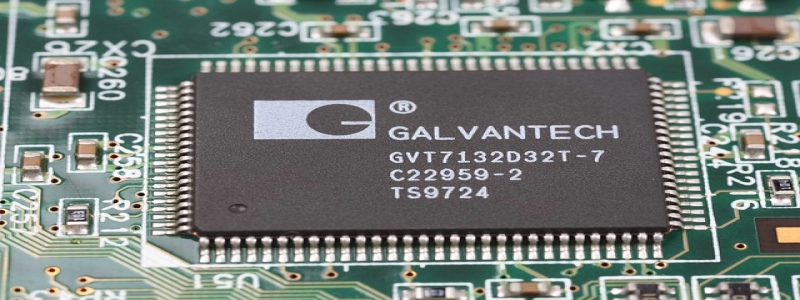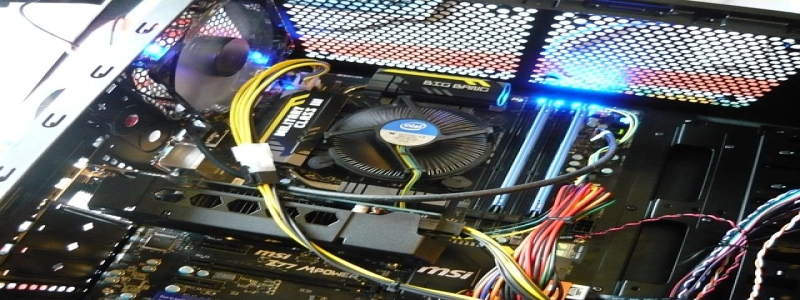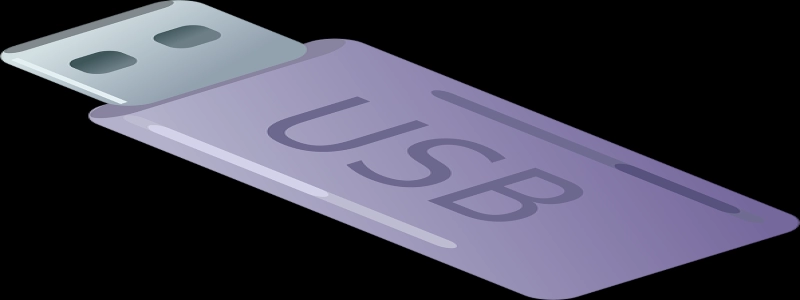SDR Transceiver
Wstęp
In recent years, Software-Defined Radio (SDR) technology has gained significant attention in the field of wireless communication. An SDR transceiver is a device that combines the functionality of a traditional radio transceiver with the flexibility and programmability of software-defined radio. This article aims to provide a detailed explanation of what an SDR transceiver is and how it works.
1. What is an SDR Transceiver?
An SDR transceiver, also known as a software-defined transceiver, is a communication device that can transmit and receive radio signals using software-defined radio technology. Unlike traditional transceivers that rely on fixed hardware components, an SDR transceiver separates the traditional analog RF processing from the digital signal processing (DSP) using software.
2. How does it work?
An SDR transceiver consists of two main components: the RF front-end and the baseband processor. The RF front-end is responsible for converting the incoming radio signals into a digital intermediate frequency (IF) signal, while the baseband processor handles the digital signal processing and modulation/demodulation of the incoming/outgoing signals.
The RF front-end typically comprises an antenna, analog-to-digital converter (ADC), digital-to-analog converter (DAC), mixers, filters, and amplifiers. The antenna receives the radio signals, which are then amplified, filtered, and mixed down to an IF signal. The ADC converts the analog IF signal into a digital format, which can be further processed by the baseband processor.
The baseband processor contains a programmable Digital Signal Processor (DSP), which performs various functions such as modulation, demodulation, channel coding, and decoding. The DSP operates on the digital IF signal received from the RF front-end and generates the outgoing analog signal through the DAC. The processed analog signal is then transmitted through the antenna.
3. Benefits of SDR Transceivers
SDR transceivers offer several advantages over traditional transceivers:
a. Flexibility: Since the functionality of an SDR transceiver is defined by software, it can be easily reconfigured or upgraded to support different wireless standards or protocols. This makes SDR transceivers highly flexible and adaptable to changing requirements.
b. Cost-Effectiveness: The use of software-defined radio technology eliminates the need for dedicated hardware for each wireless standard. Instead, the same hardware platform can be used for multiple applications, resulting in cost savings.
c. Performance: SDR transceivers can achieve superior performance by leveraging the power of digital signal processing. They can implement advanced algorithms for error correction, modulation, and demodulation, resulting in improved signal quality and reliability.
d. Spectrum Efficiency: SDR transceivers can efficiently utilize the available spectrum by dynamically adapting to the changing radio environment. They can intelligently select the optimal frequency, modulation scheme, and transmit power, leading to improved spectrum utilization.
Wniosek
SDR transceivers have revolutionized the field of wireless communication by combining the flexibility of software-defined radio with the capabilities of traditional transceivers. With their ability to adapt to changing requirements, offer cost savings, and deliver superior performance, SDR transceivers have emerged as a key technology in modern wireless systems. As technology continues to advance, it is expected that SDR transceivers will play a crucial role in shaping the future of wireless communication.








